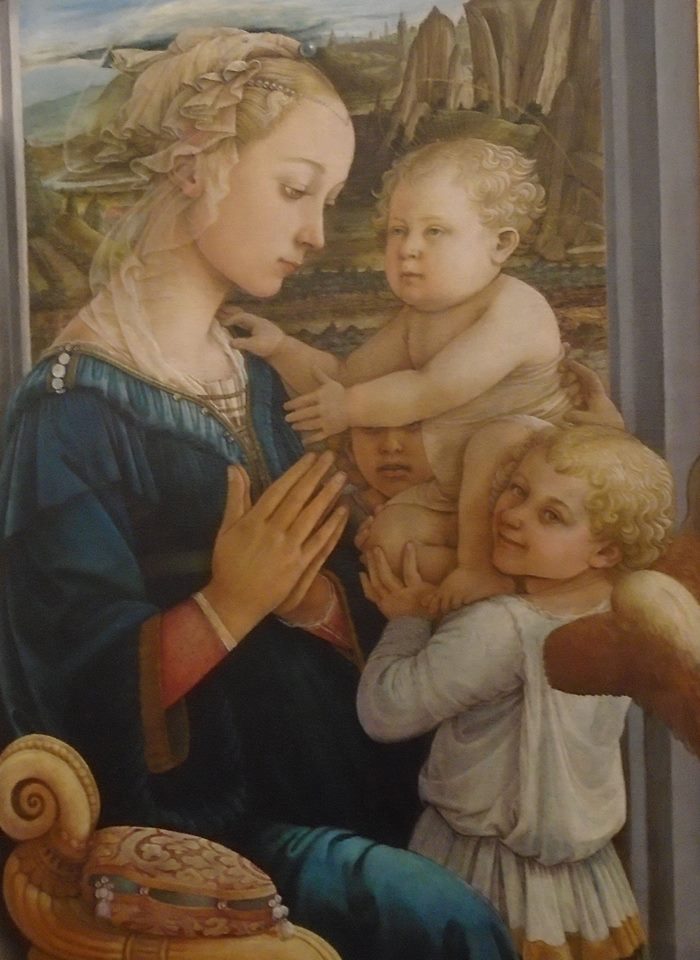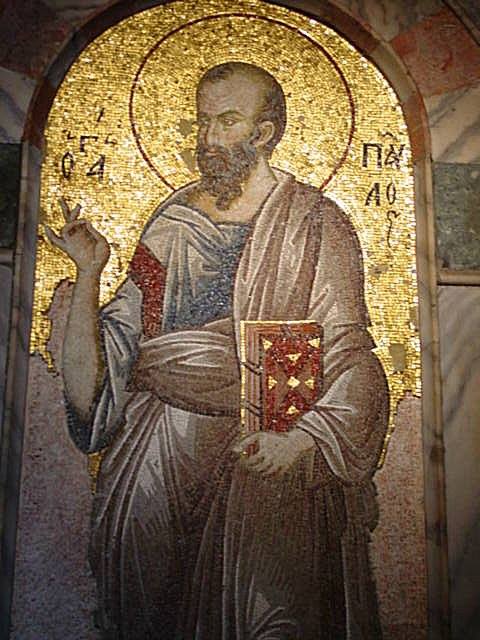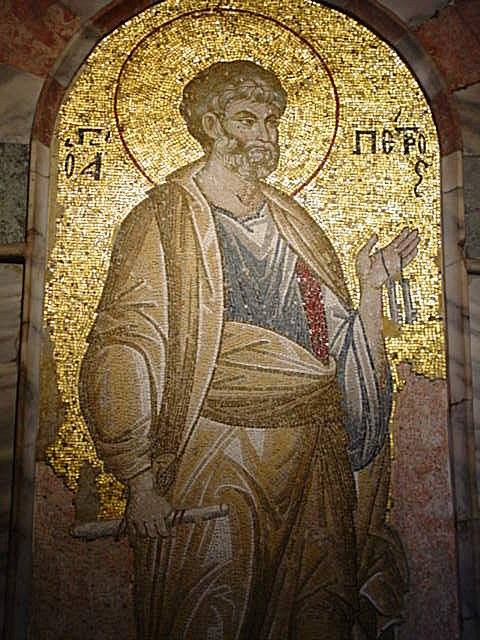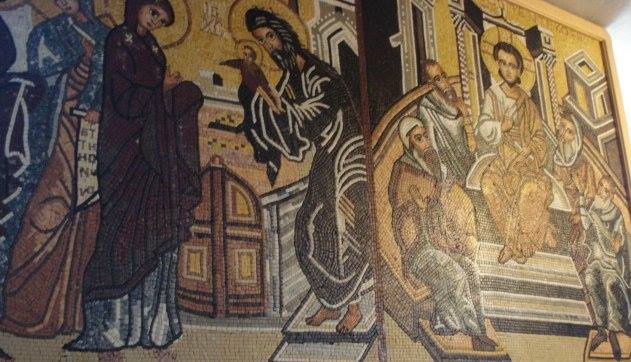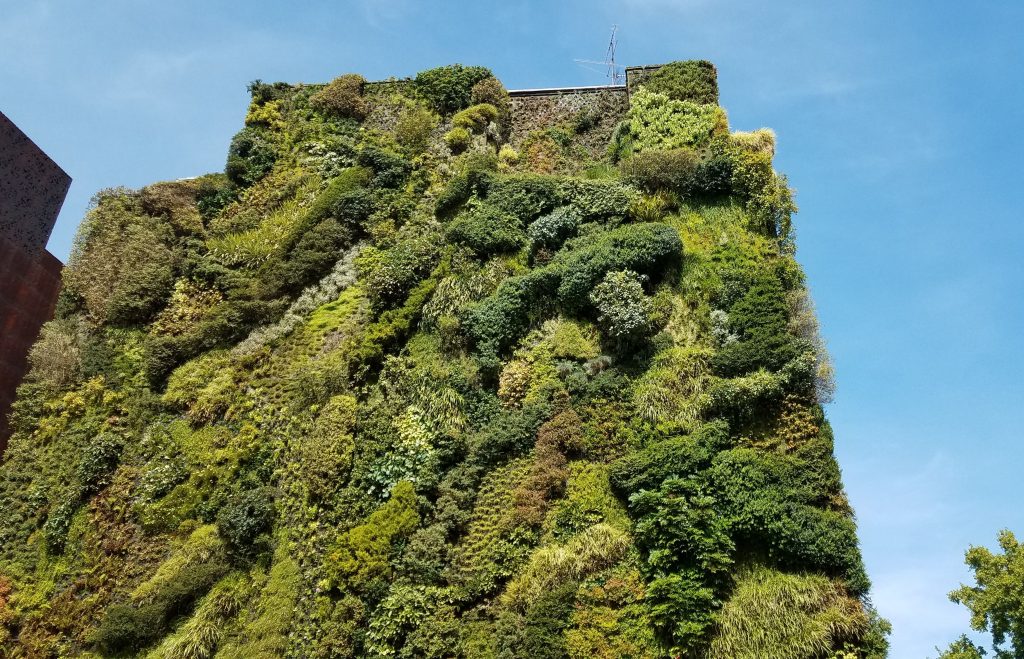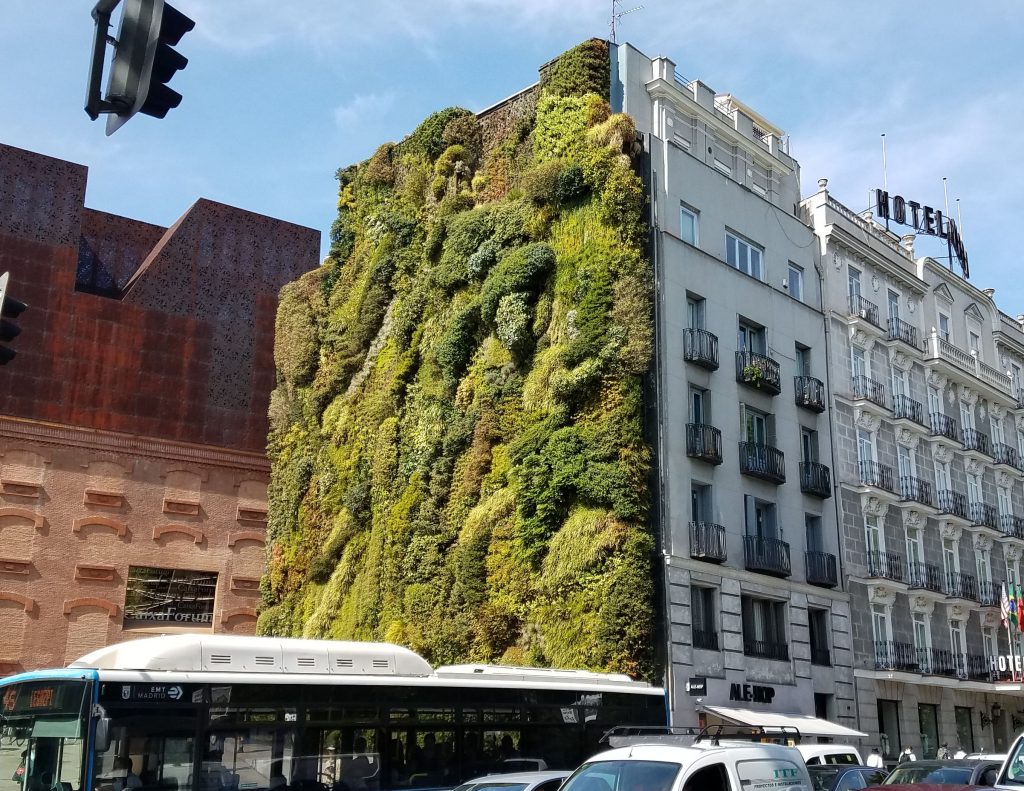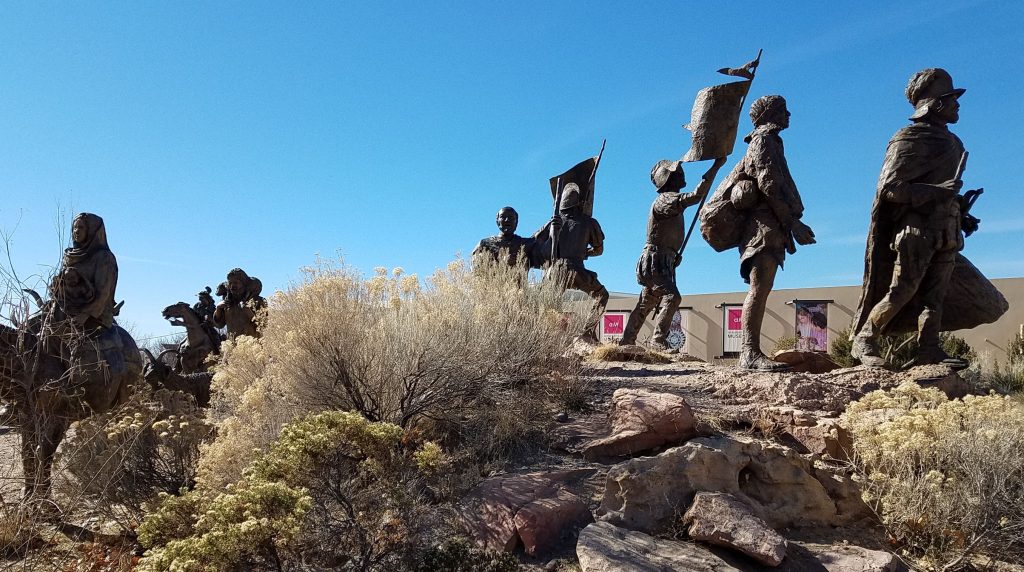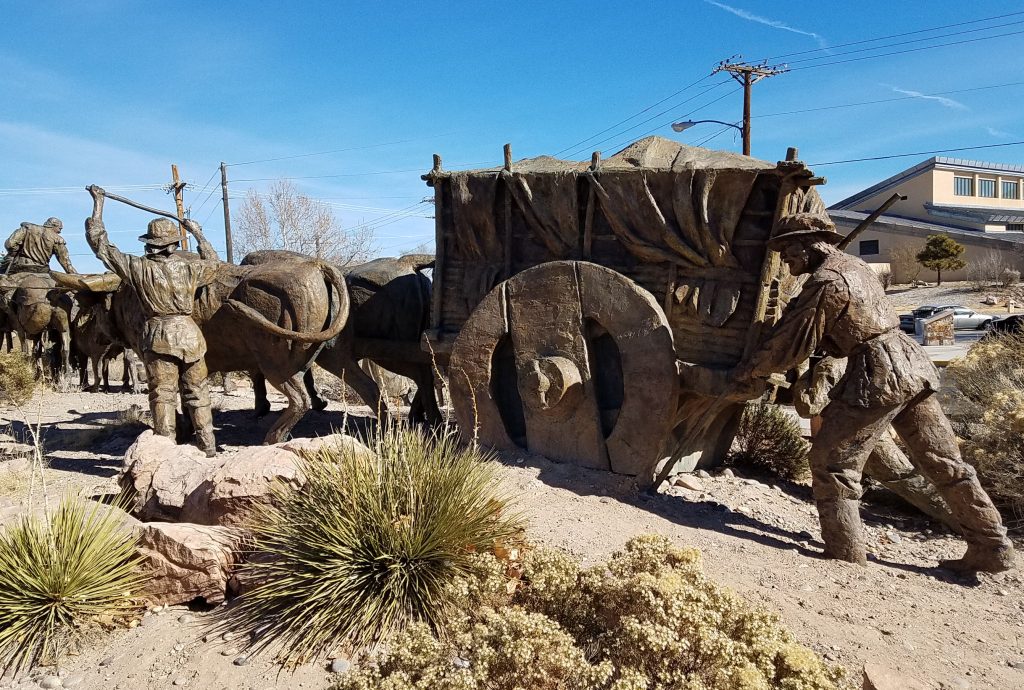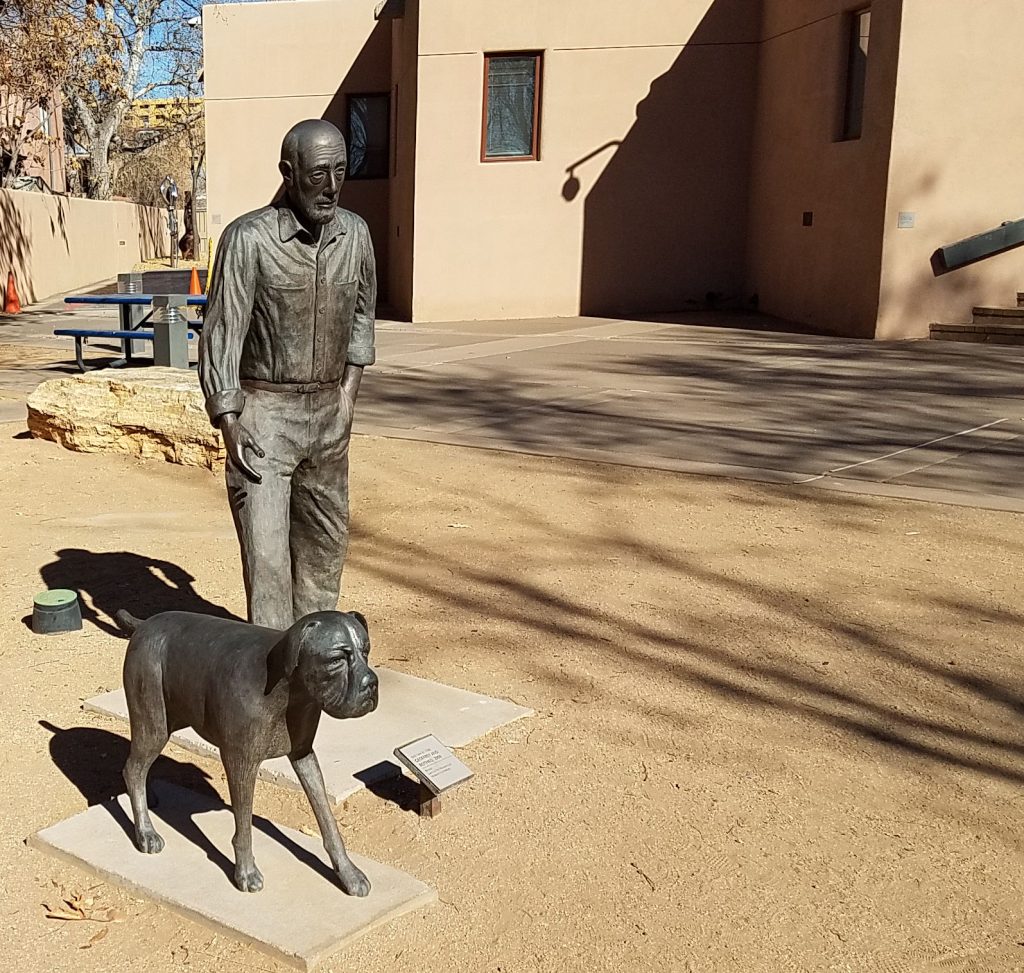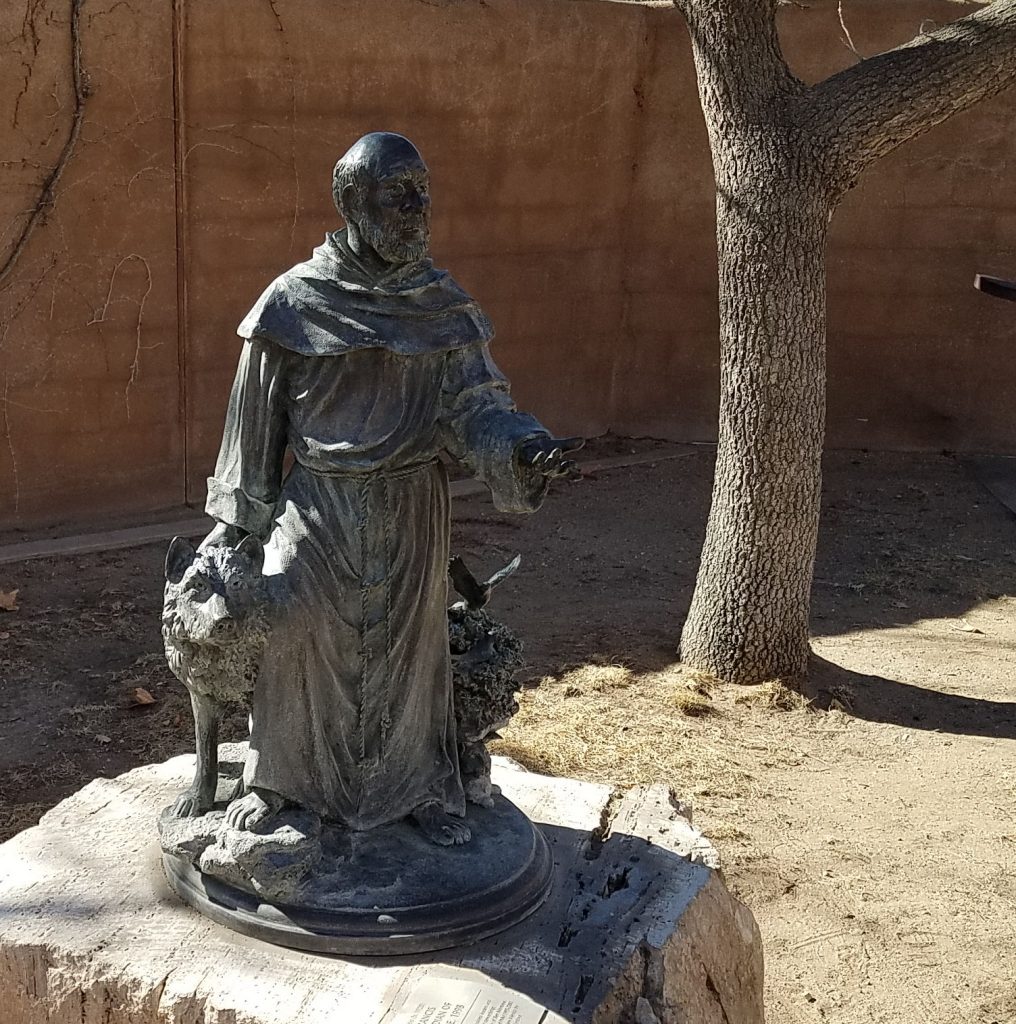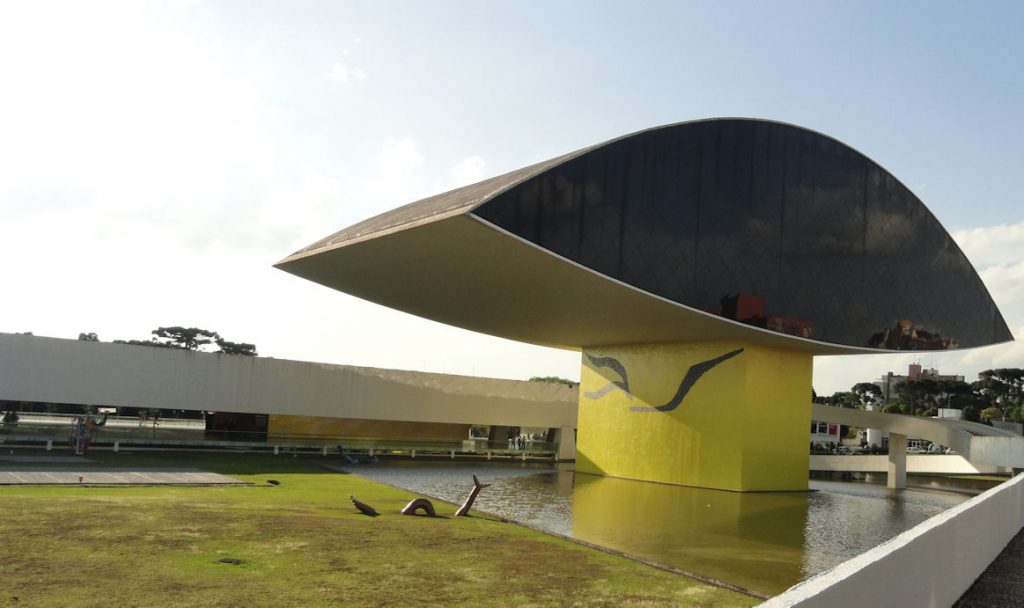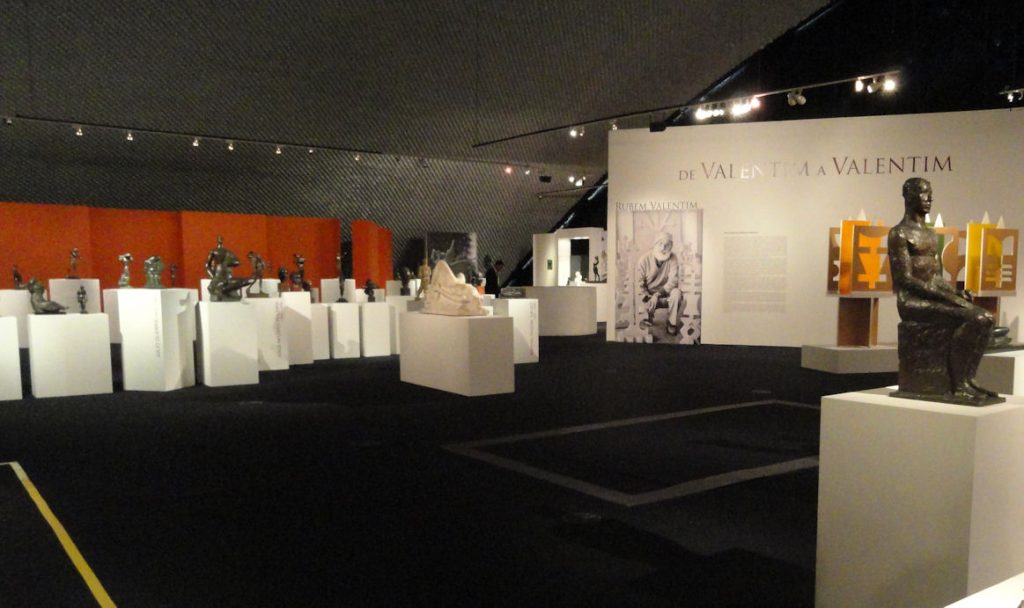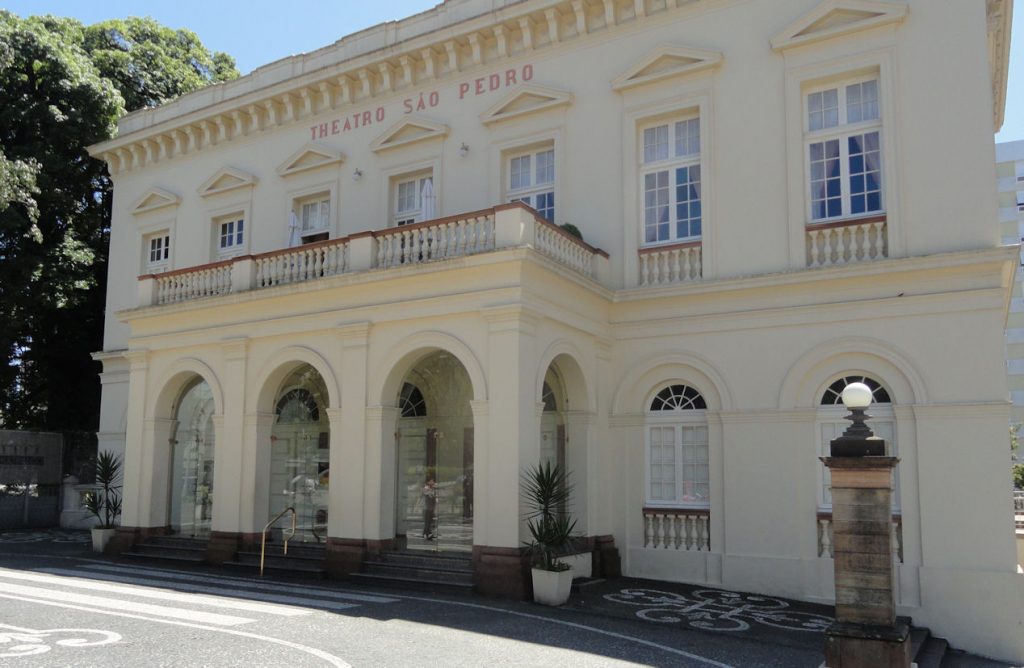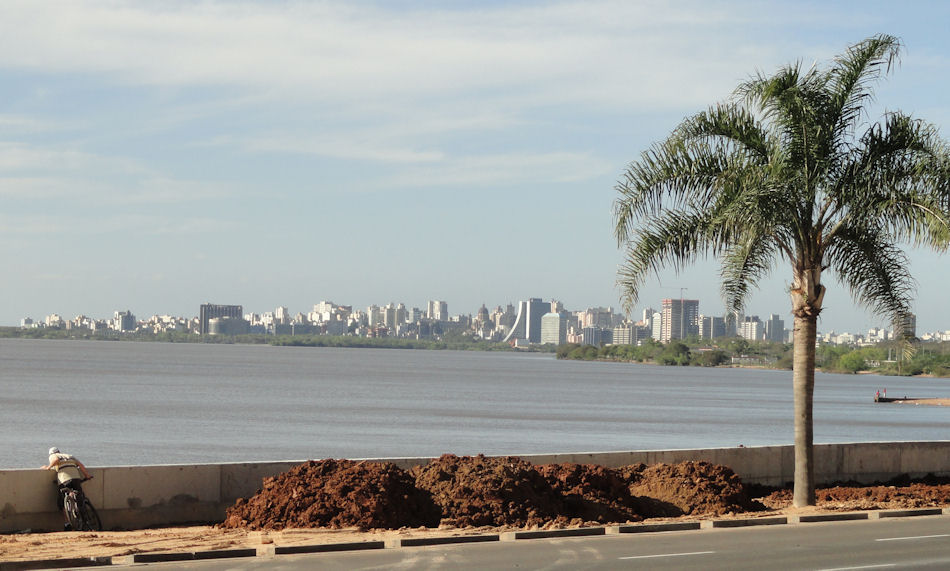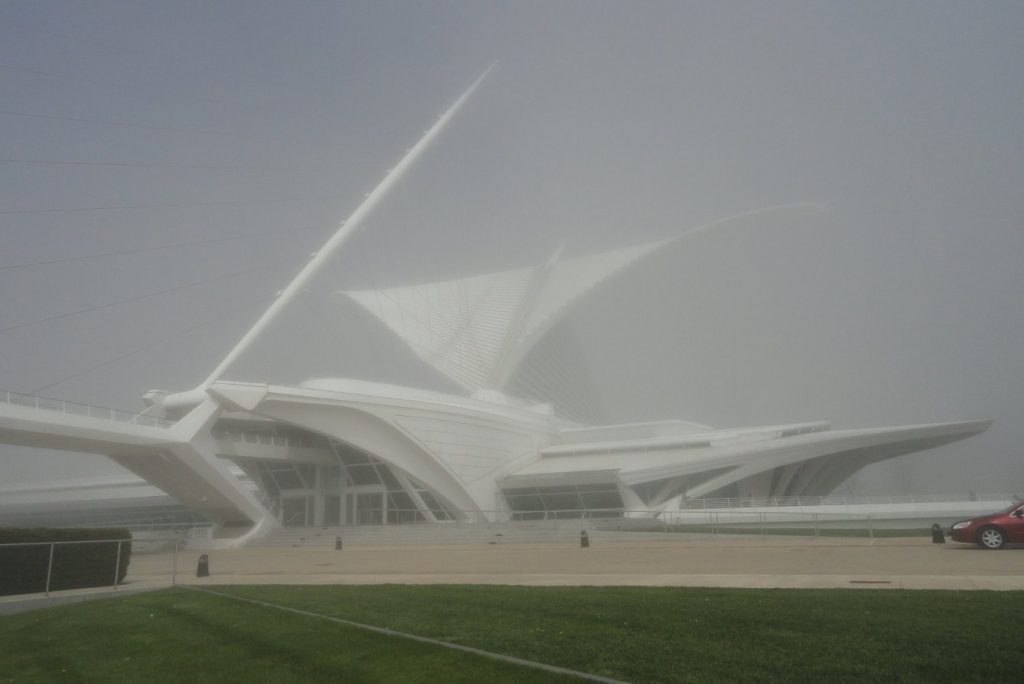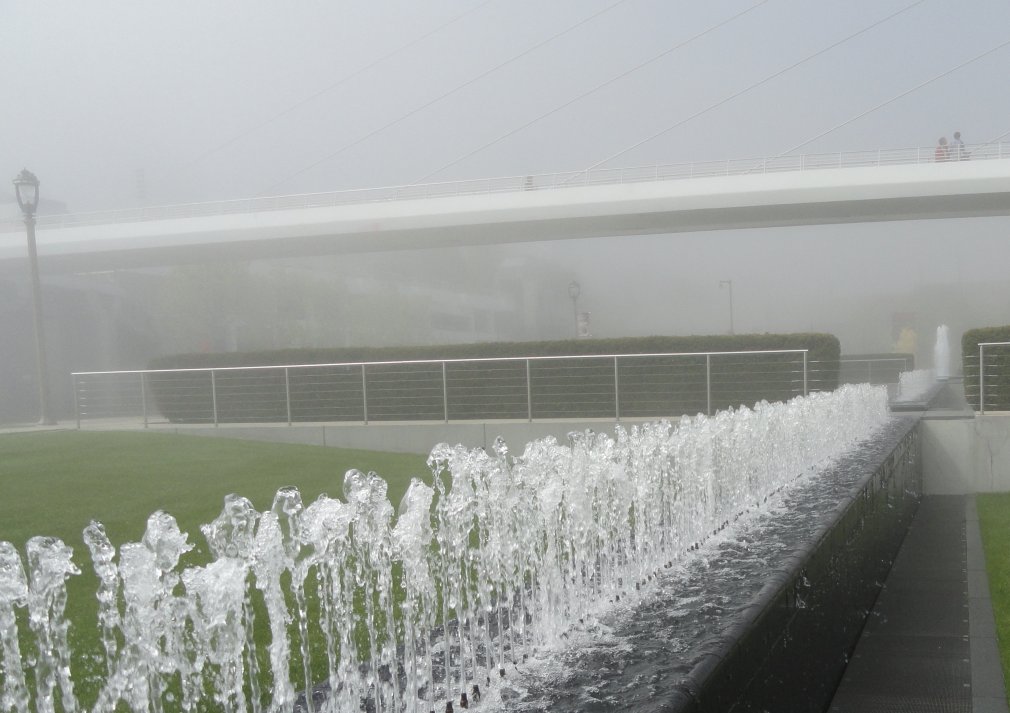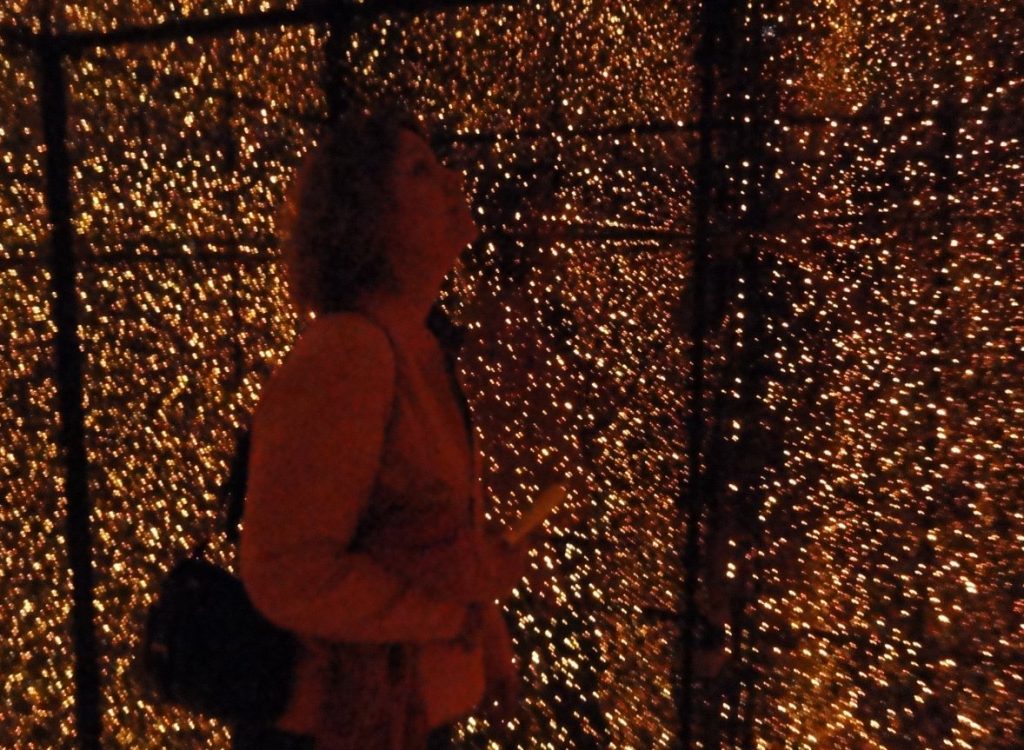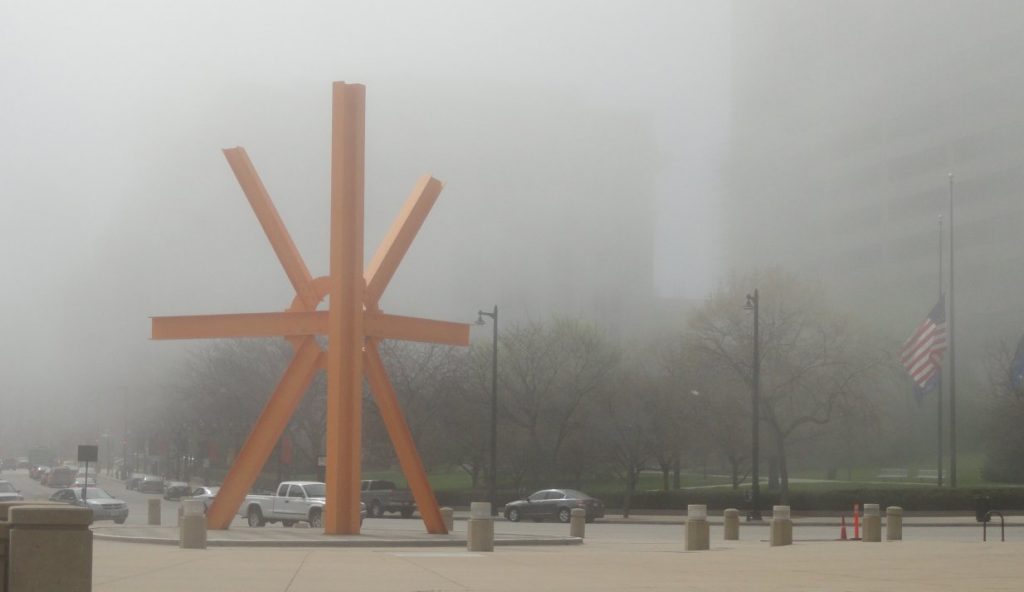There have been books and documentaries talking about what the “real” Jesus looked like. Of course, nobody knows. Scientists have tried to guess based on what a statistically representative person living in that region might look like. Of course, we don’t really know what people from that region looked like 2000 years ago and Jesus’ father was from outside the region anyway. Does it matter?
I have been looking at examples of religious art, depicting Jesus, Mary and the Apostles. Very often, the people in the paintings look like the people who painted them. There were some very old conventions and some artists followed them. Some say the idea of what Jesus, Paul and Peter looked like was set before the 5th Century in art. I have included some examples.
The first is from Florence by an artist called Phillip Lippi. It is Mary and Jesus. We don’t know what Mary and Jesus looked like for sure, but thanks to this picture we know what at least some people in Florence looked like around 1400, since historians think this is Lippi’s wife and baby.
Next is Mary and Jesus by Giotto. He was among the first to make paintings more lifelike. We don’t know who he used as models, but his is a more traditional type of painting for the Virgin.
Getting into some older visions, we have St Peter & St Paul from what is now Turkey but in those days Constantinople was Roman. This is close to places where Peter and Paul actually walked. Finally a mosaic from Jordan, which is closer to the original action.
We talk today about having role models that “look like” us. Same back in those days.

